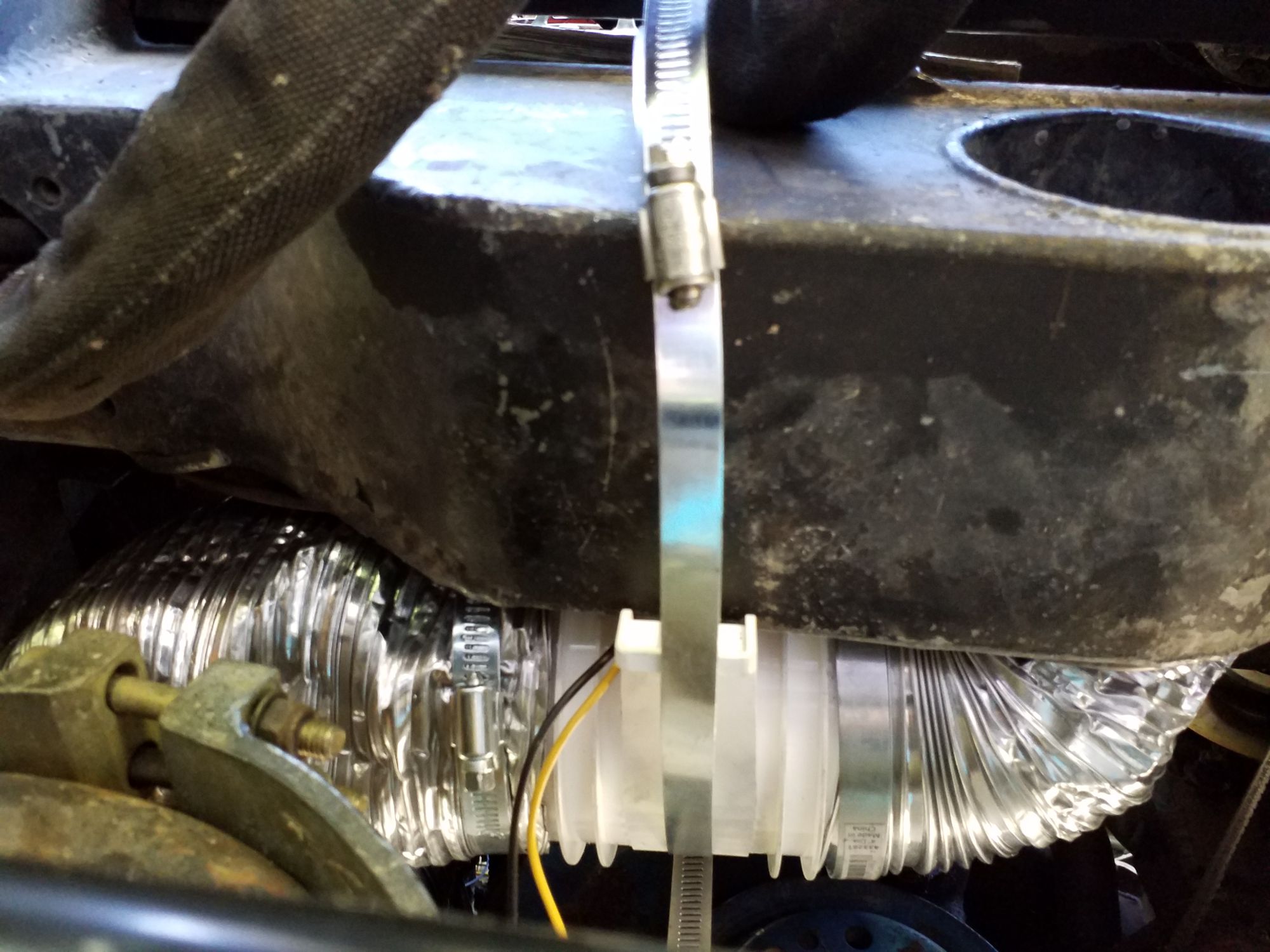

Therefore, when the vapor lock occurs, your engine deals with the issue of not receiving the right air-fuel mixture. The engine relies on a certain amount of air and fuel to operate properly. Engine stalling and difficulty starting.Instead, you'll see that there are some of the following symptoms occurring suddenly without any clear explanation: When your vehicle has problems with vapor lock, the car will not throw a certain error telling you that it's a vapor lock. Thus, even if you are fuel system did not reach the 100 Fahrenheit temperature threshold, this does not necessarily mean that you won't experience vapor lock. However, there are some instances where vapor lock might also occur under lower temperatures as well. In general, vapor lock occurs at very extreme temperatures that could reach 100 Fahrenheit, if not higher. Thus, you'll see that vapor lock might occur for the same vehicle in certain areas but not the other. Thus, you'll see that these fuels might suffer from vapor lock faster than other types of fuels.Īlso, your geographic area's altitude might impact the fuel boiling temperature. Certain fuels might have a lower boiling point, especially those blended with ethanol. It all depends on the type of fuel and other factors. There's no one specific temperature for the vapor lock to occur. Therefore, when your car has a vapor lock, you'll see troubles with the engine's power, especially when you accelerate.Īt what temperature does vapor lock occur? Thus, when the fuel itself comes with its air, the engine will not receive the right mixture and will not operate properly. Remember that your engine must have a certain mixture of air and fuel. Thus, you'll see all sorts of engine troubles related to the engine running lean. Therefore, when the fuel vaporizes, you'll have different fluid characteristics, and this characteristic caused backpressure that prevents the fuel from reaching the engine. What happens when your car has a vapor lock?Īs we indicated earlier, your vehicle's fuel system must operate under a certain pressure level. Thus, when these bubbles form, they cause backpressure preventing the fuel from reaching the engine, which could impact the combustion process and the engine's behavior. Keep in mind that the fuel system has to operate under a certain pressure level, and this pressure has to go one way, not the other. Once the fuel vaporizes in the fuel line, it forms common fuel vapor bubbles that impact the fuel system's overall pressure. Thus, its temperature can escape and help the fuel vaporize faster than another vehicle with an electric fuel pump. Furthermore, the fuel pump is continuously exposed to extreme temperatures from the engine that could reach up to 100 Fahrenheit. This is because the pump sits in a location higher than the fuel tank resulting in pressure issues. On the other hand, in vehicles equipped with mechanical fuel pumps, you'll see that vapor lock occurs more frequently. This is because some vehicles might rely on certain old blended fuels that could reach higher temperatures resulting in vaporizing the fuel.įurthermore, some certain high altitude areas could decrease the fuel boiling point resulting and a higher potential of vapor lock. Keep in mind that it's not rare to see vapor lock in modern vehicles here. Thus, you'll see that fuel lines will not suffer from any vapor lock under ambient temperatures.

The cooling fan continuously drops the temperature of the fuel to prevent any vaporization or forming of vapor bubbles within the fuel lines.

You also won't see the vapor lock as much in modern vehicles if equipped with a certain electric cooling fan. With the advanced technology and invention of electric fuel pumps, modern vehicles do not have major problems with vapor lock because the pump usually operates at the lowest point of the fuel tank, which allows the fuel to be at low temperatures. However, this characteristic of the volatile fuel caused it to vaporize in the fuel lines and cause vapor lock. This fuel has a lower boiling point to help it mix faster and provide a better combustion without waiting for extended timeframes. Vapor lock occurred mostly in fuel-injected vehicles that rely on a certain type of fuel called the volatile fuel. Thus, you'll see that fuel turns to vapor quicker than it should in older cars. One of the common reasons for vapor lock is that the current fuel system has a lower boiling point than older fuel systems.


 0 kommentar(er)
0 kommentar(er)
